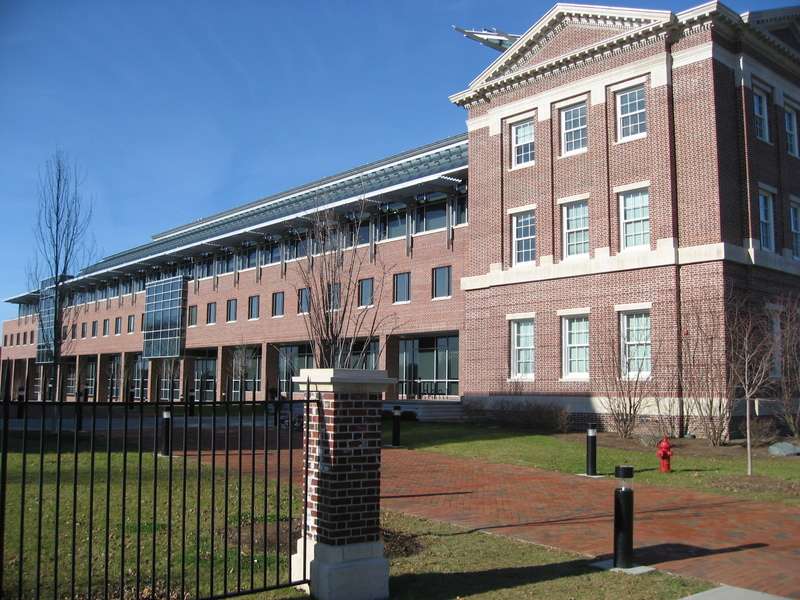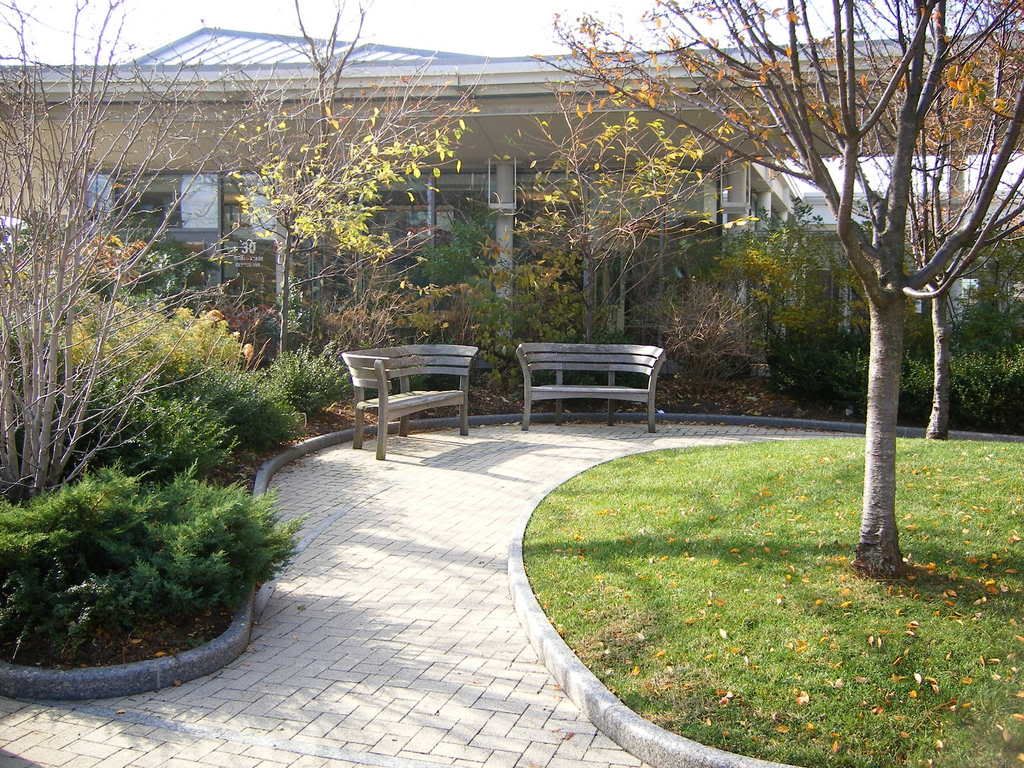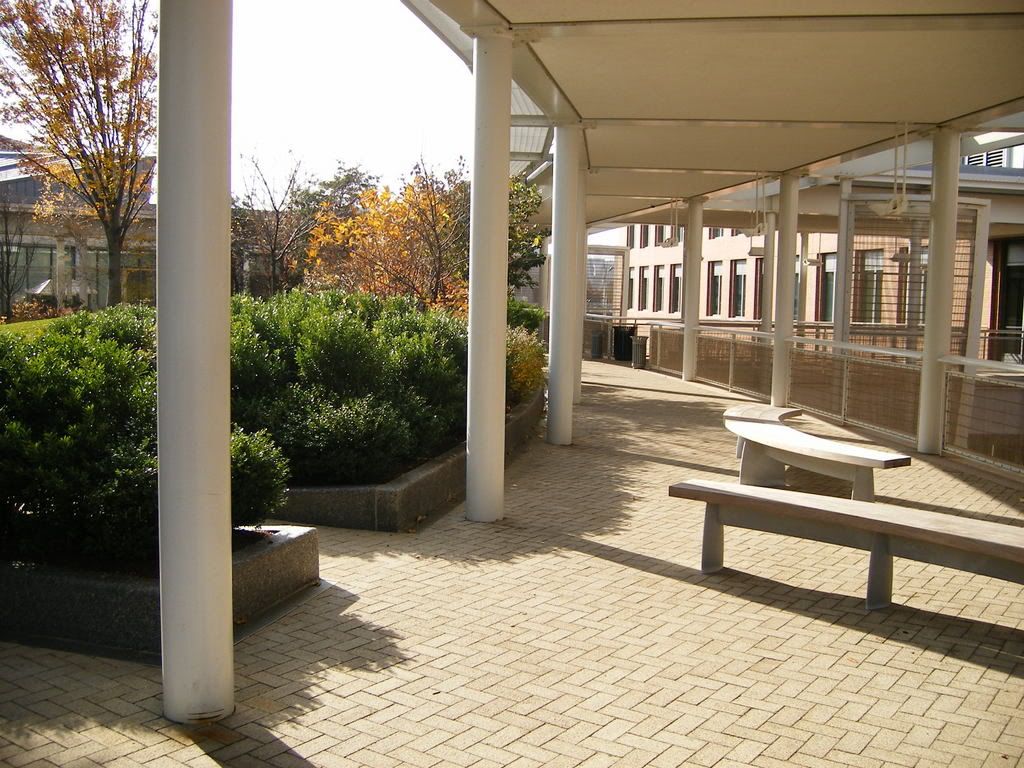Malls going urban
Interesting article, somewhat highbrow and Eurocentric, about malls moving back into urban areas that I think is relevant to this thread for
obvious reasons. From the New Statesman, linked to today on archnewsnow.com
The secrets of indoor shopping
Joe Moran
Published 12 March 2007
The mall is back in town. No longer relegated to the suburbs, it is setting up shop again in our urban centres - the frontline in the great retail fightback against online. Joe Moran reports
Mother-daughter combos are doing the H&M run, bored dads hang around the Apple Store and the Build-a-Bear Workshop is babysitting the kids. It's a busy afternoon at the Arndale centre in Manchester, though not quite as chocka as 27 December last year - the busiest day in the centre's history, when 180,000 people piled in for the post-Christmas sales. By 5am, when Next opened, there were already a thousand people outside. Who said the future of retail was online?
For teenagers like me, growing up near Manchester in the 1980s, the Arndale was a grotty Saturday-afternoon Mecca. It drew nearly a million shoppers a week despite being the most spirit-sapping building, with an exterior of dirty yellow tiling aptly named "the longest lavatory wall in Europe". After an IRA bomb destroyed the centre's western end in June 1996, Mancunians waited a decent interval before lamenting that the bombers hadn't parked their car at the other end of Market Street, which might have destroyed the whole building. Now the entire Arndale has been redeveloped and expanded. Covering 1.4 million square feet of retail space, it is the largest urban shopping centre in Britain.
The Manchester bomb simply speeded up a process that is happening throughout the country: the shopping mall is back in town. The acreage of retail floor space under construction in the UK is larger than at any time since 1991. And, according to the British Council of Shopping Centres, more than half of it is in town centres, a proportion that has been rising gradually from a low of 14 per cent in 1994.
Two things have happened. First, the trend for building out-of-town malls that began in the Thatcher era - a combined effect of the urban property boom and the easing of planning restrictions on suburban sites - ended with the "town centres first" policy, introduced at the end of the John Major era. Second, retail has been tied to the vision of urban "regeneration", a word once used to describe the revival of troubled inner-city areas but now a catch-all term for any sort of commercial dev elopment. The game of the regeneration com panies that use public money to stimulate pri vate investment is boo sterism, which aims at presenting cities as happening, vibrant places in order to lure in "upmarket" consumers and "high-quality" investors. Indoor shopping centres seem to fit the bill because they offer the attractions of city life without its discomforts - a sort of cleaned-up urbanism minus the rain, traffic fumes and hassle.
Regeneration sees itself as a rootless process of "modernisation", apparently unaware that the rebuilding of city centres has a long history. Window-shopping and people-watching became popular pastimes in the beautiful iron-and-glass arcades built in Paris in the 19th century. Their appeal was twofold: shelter from the elements and refuge from hoi polloi. You can find modest versions of these posh 19th-century arcades that survive in Britain, such as Burlington in London and the Royal Exchange in Manchester.
After the Second World War, this vision of retail spaces took hold in Britain. In the 1950s, there were the pedestrianised outdoor precincts; then, inspired by the US suburban malls, came the 1960s dream of "coatless shopping" in temperature-controlled halls. These shopping centres were imagined as great civic spaces with tropical plants, ornamental fountains and aviaries of exotic birds. "Be amazed . . . there's nothing quite like it in the world," proclaimed the publicity film for the Birmingham Bull Ring, which opened in 1964. It promised uniformed valets to take care of shoppers' cars, pram parks for mothers, and soothing Muzak to create "a warm, gay and welcoming atmosphere . . . strains brought on by boredom are removed from staff, making service a real pleasure". Martin Parr's funny, sad book Boring Postcards (1999), with its interiors of the Crossgates Arndale Centre and Swansea's Quadrant Arcade, evokes this thrill of the new.
Yet the Manchester Arndale, a huge concrete box that flattened a maze of characterful Victorian streets, was loathed from the start. By the time it was completed in 1979, earlier similar shopping centres were already seen as planning disasters. In the 1990s, many of the old shopping centres were "de-Arndaled" - given new names to cast off these unfortunate associations. But the most notorious example has bravely stuck with its old name, even if it is now no longer a centre, but "Manchester Arndale".
In the original Arndale centres, the walkways were deliberately kept dark so that the lights from the shops would shine out like beacons, guiding consumers through the gloom into the inviting arms of W H Smith and C&A. Now all is light and space, with see-through elevators, glazed roofs and high ceilings to direct your gaze up to the upper levels, where units are usually harder to let. Concrete, the material of the older malls, suggested the solidity and permanence of the great provincial project. Glass, by contrast, is an invitation to look and consume.
Brand new world
Like a fl?neur in the Parisian arcades, I stroll through Halle Square, Exchange Court and the Wintergarden. The different areas of the Arndale have been given place names that suggest metropolitan bustle and community. This is the urbanist orthodoxy inspired by Richard Rogers's Towards an Urban Renaissance (1999), which reimagined Britain's cities along the gregariously Continental model of boulevards, piazzas and ramblas. Even in America, where big-box malls originated, shopping centres have been given "mall-overs", their atria opened to the air in order to evoke the flavour of downtown.
The difference is that the shopping mall is private property, controlled by its management on their terms. The cultural critic John Fiske once described the mall excitedly as a "terrain of guerrilla warfare", waged between mall owners and stores (the occupying army) and individual shoppers (the guerrilla fighters), who could cannily enjoy the warmth, sensual stimulation and seating of the malls without actually spending anything. In the new malls, however, the guerrilla fighters have nowhere to regroup. In the 1980s, my peers would while away a Saturday running the wrong way up the escalators or staging water fights in the fountains. At the new Arndale, this kind of loitering has been discouraged by the simple ploy of getting rid of all the seats.
Despite the invitations to conviviality posted up on the walls ("Come together in Exchange Court", "It's hip to be in the square"), it is hard to meet in these places other than at Starbucks or Costa Coffee, which presumably are quite happy about this. A few teenagers forlornly toy with skateboards, put each other in headlocks or crouch on the floor by the hoardings, but the "mall rat" is an endangered species. Some American shopping centres select their background music to discourage teenagers from hanging out there, Frank Sinatra and Mozart apparently being most effective. In Britain, they employ a simpler strategy: depriving them of anywhere to sit.
All you can really do in the new urban shopping centre is walk and shop. America has a tribe of people known as mall walkers - those of a certain age who stride purposefully through the malls for personal fitness or "mallercise". British shoppers prefer to meander purposelessly, apparently unaware of the designs that the mall has on them. We know this because, since the first urban malls were created in the 1960s, a new quasi-scholarly discipline has developed: retail anthropology, the study of shopper behaviour. In the old Arndales, customers complained of getting lost in the maze of dim corridors. Today, thanks to what retailers inevitably call "wayfinding solutions", getting about is much easier. Information desks and touch-screen maps guide you through the labyrinth, but you come across things in the order that the mall owners prefer.
The toilets in the new malls seem intentionally out of the way, forcing you to pass as many window displays as possible. The signs steer you subtly around corners and into less accessible areas. And as malls are essentially a rigged market, the composition of the stores can be carefully calibrated. The mix of fashion chains, accessories shops and "treat" stores such as Hotel Chocolat is gender-biased because, by my reckoning, women outnumber men by three to two. I see one pass the Shoe Zone shop, look at her feet, have a quick chat with her friend, and go inside. Retail anthropology in action.
The non-place to be
In return for being gently manipulated, you get ease and comfort. The French anthropologist Marc Aug? has identified a kind of space in modern capitalist societies, the "non-place". Non-places are globally standardised mini-societies such as airports and shopping malls, where faceless, contractual obligations replace human interaction: "Have your boarding card ready", "Sign on the dotted line", "Key in your Pin". Non-places offer a super-comfortable, well-managed, anaesthetised version of daily life. Or, as one shopping widower told me outside Bershka while his wife and daughter shopped inside: "This place used to be the arsehole of Manchester. But at least it was our arsehole. Now it's just like Heathrow Airport."
I know what he means, but I still think the new Arndale is an improvement on the old one, which was just as bland and monocultural, except it came with litter, dirty floors and flooded toilets. (Arndale's new loos are all chrome and marble surrounds - worthy winners at the Loo of the Year Awards 2006.) Essential bodily functions are well catered for in the modern mall; inessential ones, like having to sit down, less so.
It's all a question of money and maths. In The Call of the Mall (2004), the retail anthropologist Paco Underhill argues that the shopping mall's main problem is its "lack of mercantile DNA". Malls might house retailers, but they are built, owned and run by property developers. They take on all the financial risk - buying the land, securing planning permission, hiring architects - and want the biggest return for the least investment. Their priority is not, as it might be for the retailers, making the mall an enticing place in its own right; instead, they worry about building it in the right place and doing the sums properly. They live by the axiom "Location, location, location", reputedly coined by Harold Samuel, founder of the Land Securities company, which has developed shopping malls since the 1960s.
One of the unstated agendas of urban regeneration is to rid the city centre of its "incongruous" elements. In Liverpool, this has meant displacing the informal enterprise economy: getting rid of the city's market stalls that cluttered the main pedestrianised street, the traders who sold yo-yos out of suitcases, and the beggars and Big Issue vendors. The mall represents this kind of retail cleansing in excelsis. When it reopened in September last year, the Arndale food hall was reinvented as a cross between a farmers' market and Covent Garden, with a minimalist design and cool-blue colour scheme. Not that I am complaining about the sushi bars and posh bread shops, but I do feel sorry for the market traders who weren't chichi enough for the make-over.
The arguments are the same as those advanced when the old shopping centres were built in the 1960s. Northern towns must adapt because of the loss of old industries, the competition from out of town and the "drift to the south". Designer chains and bijou stores, perhaps even a glut of such shops, are essential for the jobs they provide, the high rates they pay and the kudos they bring. When hopes for urban renewal are invested in the nebulous qualities of investor confidence and the consumer feel-good factor, the effect can be peculiarly passive and infanti lising. The big news in a northern city is when an "upmarket" store deigns to open a branch outside London. Why, Mr Selfridge, you are really spoiling us.
Now every town in Britain seems to be expanding and refurbishing its shopping centre or building a new one, invariably described as "bright" and "contemporary". As online shopping takes over the business of routine provisioning, mall owners are putting their faith in what they call "experiential retail" - shopping for fun and relaxation. But I wonder whether the smaller towns can sustain this much shopping, and hope that these bright, contemporary spaces will not become the raw material for another book of Boring Postcards, circa 2037. If the new malls are not producing the same kind of utopian excitement as the Bull Ring did, perhaps it is because real-estate investment, rather than the demands of consumers, is pushing the growth of retail space. Given the hard calculations of the property market, the new malls offer rather less magical forms of "experiential retail" than the Parisian arcades. You can literally shop till you drop - but it would be nice if you also had somewhere to sit.
Joe Moran's "Queuing for Beginners" is published by Profile Books in May (?14.99)
Record-beating malls
86 number of crates of crystal transported from China for the Great Hall chandelier, Trafford Centre, Manchester - said to be world's biggest
7.1 million number of square feet covered by the South China Mall in Dongguan, Guangdong Province. The mall is the world's largest
40 million yearly number of people who visit the Mall of America in Minnesota, making it the most visited in the world
?95 average amount spent by shoppers on a single visit to Lakeside Shopping Centre, Essex
50 million number of cappuccinos drunk at Bluewater since it opened in 1999
Research by Lucy Knight






